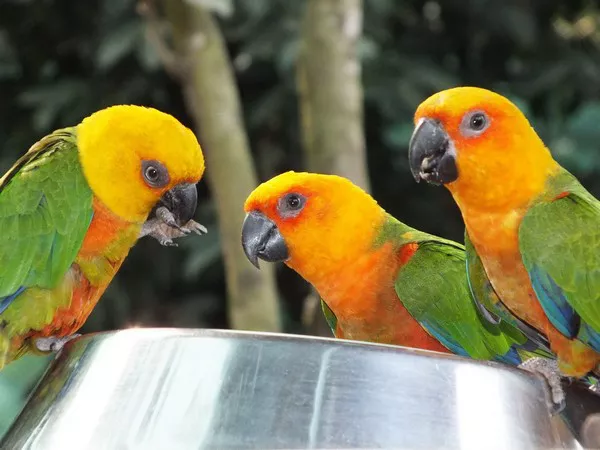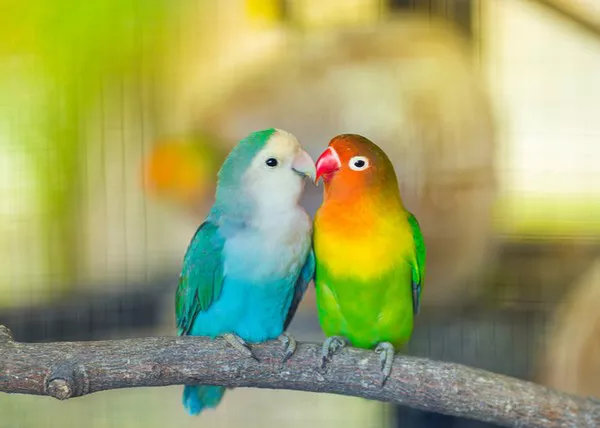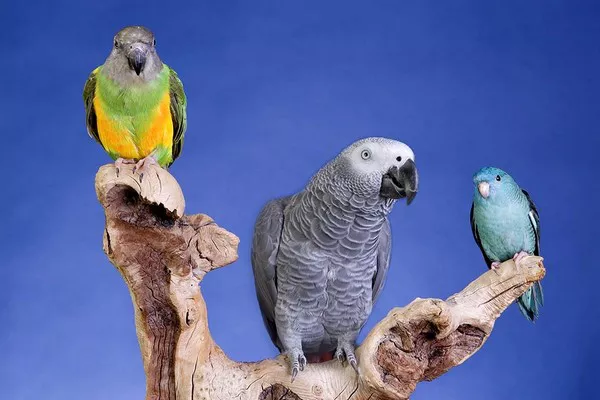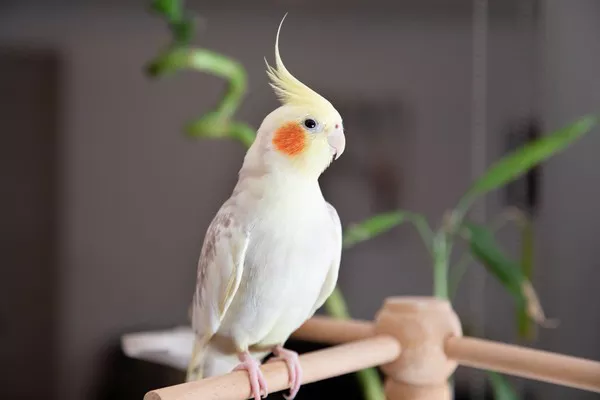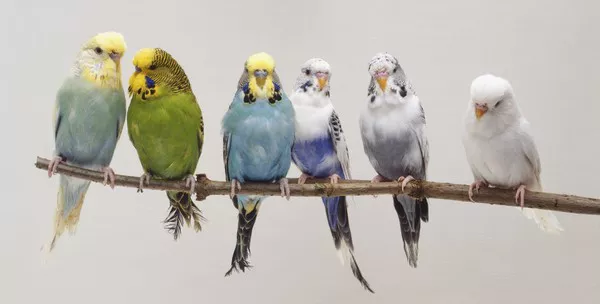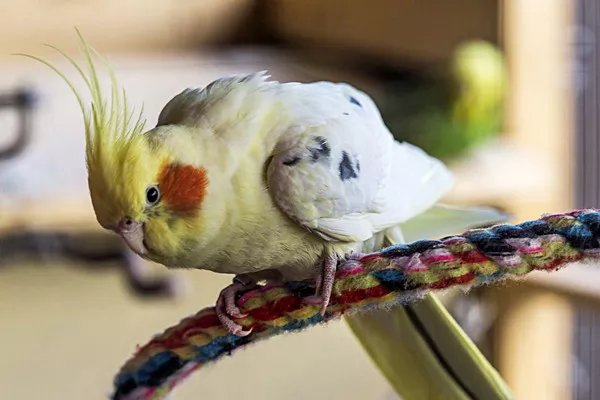African Grey parrots are known for their remarkable ability to mimic and sometimes even understand human speech. These intelligent birds have been studied extensively over the years, and researchers have made some fascinating discoveries about how they learn to talk and communicate.
Today, we will explore the unique features of African Grey parrots’ vocalizations and discuss several factors that contribute to their exceptional language abilities.
Vocal Anatomy
The African Grey parrot‘s vocal anatomy allows them to produce a wide variety of sounds. They have a respiratory system that can control the flow of air through their syrinx, or voice box, which is located at the base of their trachea. The syrinx has two separate sound-producing organs, which means that African Grey parrots can make two sounds simultaneously, giving them a wide range of pitch and tone.
Their tongue, beak, and throat muscles also play a crucial role in speech production. African Grey parrots have a tongue that is thin and flexible, which helps them articulate words and phrases accurately. Their powerful beaks allow them to create loud, clear sounds, while their throat muscles enable them to modulate volume and tone.
Socialization
Socialization plays an essential role in the development of African Grey parrots’ language skills. In the wild, these birds are incredibly social and communicate with each other using complex vocalizations. Parrots kept as pets need to be exposed to human speech from a young age to develop the ability to mimic words and phrases accurately.
African Grey parrots raised in homes where they are frequently spoken to and interacted with tend to develop more advanced language skills than those kept in isolation. Regular interaction and exposure to different sounds and words help them recognize patterns and develop linguistic understanding.
Imitation and Repetition
African Grey parrots have an extraordinary ability to imitate sounds, including human speech. They can mimic a range of sounds, including whistles, alarms, and even non-human animal sounds. However, they require repetition to learn new words and phrases.
Repetition is a critical component of language learning for African Grey parrots. They need to hear words and phrases repeated often to learn them accurately. Repetition also helps them understand the context in which certain words and phrases are used, allowing them to use them appropriately.
Contextual Understanding
African Grey parrots can go beyond simple mimicry and demonstrate an understanding of language. Studies have shown that they can associate words with objects and actions, understand simple sentence structures, and even grasp abstract concepts such as color and shape.
One study conducted by researchers at Brandeis University found that African Grey parrots could understand basic grammar rules, such as subject-verb agreement. The birds were presented with sentences containing grammatical errors, and they were able to identify and correct them.
Personality and Intelligence
Personality traits and individual intelligence levels also play a role in African Grey parrots’ language abilities. Some parrots are more vocal than others, and some are better at mimicking speech than others. Researchers have also found that African Grey parrots with larger vocabularies tend to perform better on cognitive tests.
Intelligence is not the only factor that influences language development in African Grey parrots. These birds have distinct personalities, and their communication skills vary accordingly. Some parrots may be outgoing and social, while others may be more reserved and less interested in talking.
In conclusion, African Grey parrots possess remarkable language abilities that stem from their unique vocal anatomy, socialization, imitation, repetition, contextual understanding, personality, and intelligence. These factors work together to make these birds one of the most intelligent and fascinating species on the planet.
Owners of African Grey parrots can help their pets develop their language skills by providing regular socialization and interaction, exposing them to a broad range of sounds and words, and using positive reinforcement to encourage speech. With patience and dedication, owners can help their African Grey parrots become skilled communicators and valued members of the family.
Recommended reading:



